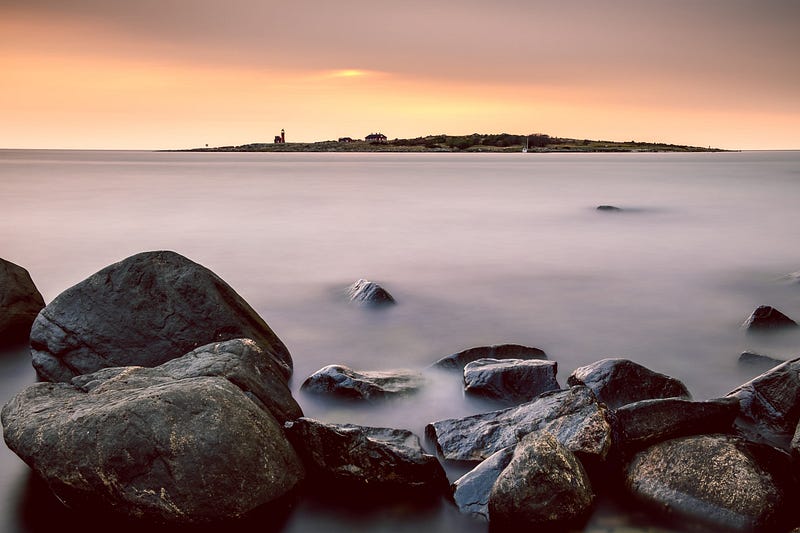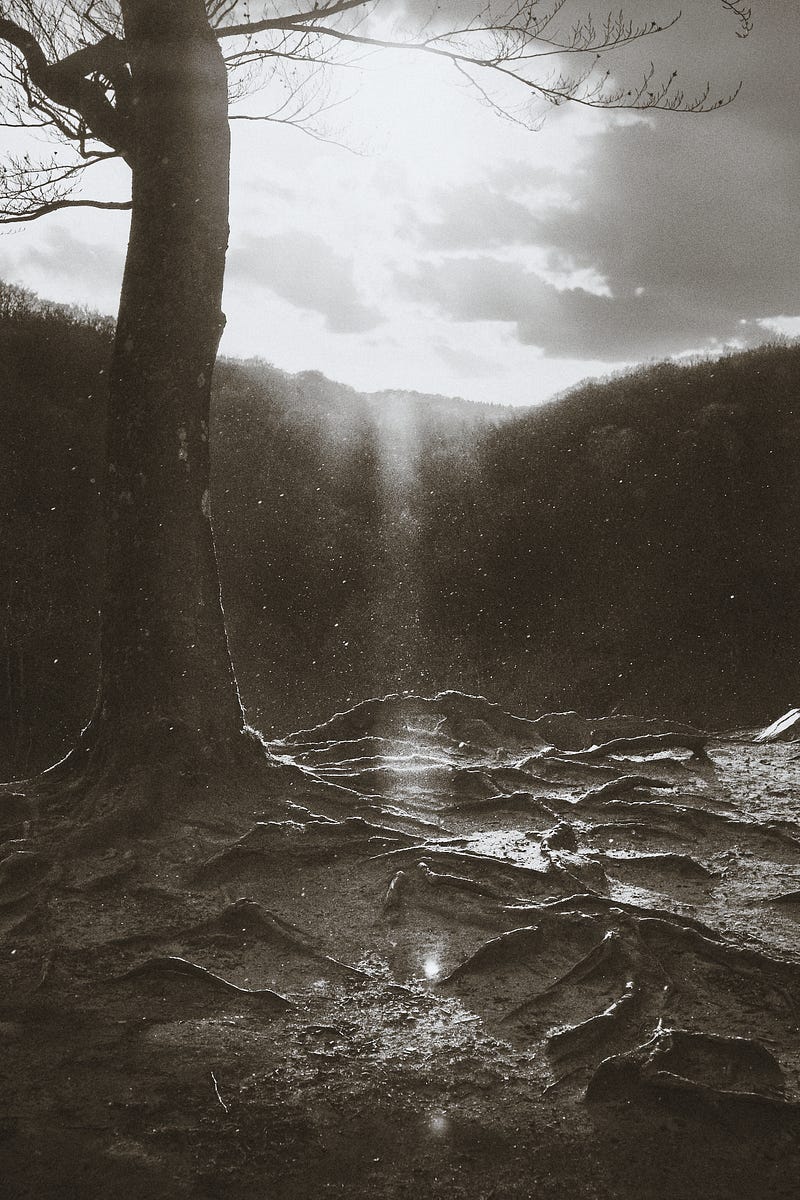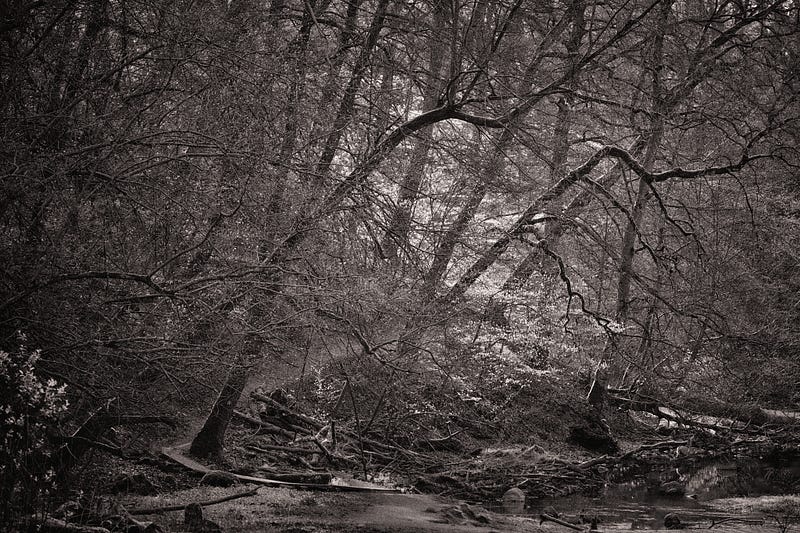Noise is bad! I should be able to shoot in the dark without noise in my pictures! My camera really should handle ISO of 128 000 better than this! If you’re a photographer, you probably recognise yourself to some degree. If your not, don’t worry I won’t get too nerdy, I promise.
I’m a photographer. For my own creative projects, I enjoy landscape- and street photography the most. I’ve long despised noise, especially in my landscape work, and I used to carry a tripod with me everywhere. It allowed me to photograph at very low ISO, which in turn, resulted in nice clean and crisp images. Even the tiniest bit of noise would make me feel like a lousy photographer. On I went and applied the best noise reduction techniques I knew. That has since changed, I know embrace grain. And there’s a difference between noise and grain. I like grain; I still despise noise. Noise is distracting and ugly, grain is beautiful and calming. What made me change so dramatically? Well, it wasn’t my Instagram feed or my Facebook feed.
Instead, it was two visits to “Fotografiska” in Stockholm. Which I visit almost every time I’m in Stockholm. If you haven’t heard about Fotografiska, it’s this excellent photography exhibition hall showcasing and highlighting great photography.

The experience that changed my mind
Two exhibits, more than any, change my view on grain. Firstly a Vincent Peters exhibit at said Fotografiska, famous for his portraiture work. He embraces old classic techniques and mostly shoots film. A true master of his craft, far from my own style of photography. Walking in the hall, I was mesmerised by all these beautiful photographs. I stood there studying them, and noticed that there was this soft grain in all the images. Something only a photographer would notice. I remember thinking to myself that’s quite a nice bi-product of shooting film. It suited his images very well. It took well over a year before I myself embraced grain in my photographs.
Almost precisely a year later, I once again found myself at Fotografiska. This time one of my favourite artists was doing an exhibition, Erik Johansson. He’s as far away from classic photography as possible. He’s a surrealist, doing these weird and beautiful photoshopped images. You’ve probably seen some of them online. They are even more impressive printed big and in an exhibition hall. After I’ve finished looking at his images, on I went to the other exhibitions on display. On the second floor, there was an exhibition of Pentti Sammallahti, a finish photographer I’ve never heard of before. At first, I thought his images were a tad dark, and to be frank a bit boring. After a little while, my opinion changed. His images are true masterpieces of composition and feeling. Not as direct and in your face as so many modern photographies. Much looser in the way they were shot and presented. But every picture was beautiful in its way. Pentti feels like an observer walking through this world. Like poetry in images, and almost all of them full of grain.
On the way out, I made sure to buy two photobooks in the gift shop, one of both artists. I have since been going over the Pentti book several times, trying to figure out what he does that makes these seemingly simple images so mesmerising and unique. The short answer is that it isn’t in his technique, rather he has an eye for poetry. Something that can’t be taught, something one has to learn himself. Like poetry, you can teach the tools, but you have to master and learn the craft yourself.
What I implemented in my own photography
A somewhat grim conclusion that it can’t be taught. But there are two things I took away and now try to implement in my own work.
One is that I need to practice seeing more. Like Pentti, one needs to experience the world. Be in it, try and see details every day. Not necessarily take pictures every day. But to see, and appreciate the world. When possible, travel and explore. Pentti travelled and took images in different parts of the world, and not always in the most picturesque places.
The second is that technical sound images are nice, but they don’t make a great image. Grain and even soft focus are okay. They can also be great tools to convey feeling and making images feel alive. The real takeaway for me was to stop worrying about technically clean pictures and start telling stories, even in landscape photography. A beautiful sunset over a mountain is just that a beautiful image, but a great image is something more. I’ve heard this multiple times before, but I understood it first after these two exhibitions.
Now converting that knowledge into actually make better photographs is another story, that takes time and practice. I only started, but I feel I have a better grasp of the art of photography.
There’s also the matter of Grain. I started adding it to my images to see what it does with. I also started to shoot at high ISO. I even went overboard and grainyfied just about everything. And that’s okay. In art, you need to push things as far as possible to find it’s limitations, what works and what doesn’t. After experimenting with grain and also black and white, I’ve produced some of my favourite images in a very long time. All thanks to a couple of photography exhibitions, that made me try something new.
To appreciate good photography it’s a good idea to analyse their work.
To grow as a photographer it’s a good idea to take one concrete thing from that and implement in your own photography.

How to find artists to study
If you feel like you want to explore great photographers, I do have a suggestion. Start by googling some of the big famous photographers of the past. For instance, you have Ansel Adams, Léonard Misonne and Henri Cartier-Bresson. These are great starting points. The wonders of the internet make it simple to find other photographs that were part of the same movement.
That last part is critical; these photographers were part of movements. The great thing about looking to the past is that we can see and analyse the movements surrounding certain photographers. What were the key values and what made those images of the past interesting? Google and study multiple photographers of the same movement or group. This is a great learning experience in seeing and understanding photography.
Of course, I also look to the contemporary artists of today. The big problem is finding great photographs today. Social media has made us all fast photography consumer. We scroll through thousands of images on or feeds, and rarely stay with an image for more than a couple of seconds. That’s why museums and exhibitions are so important, remember Vincent Peters I saw at Fotografiska, he’s a contemporary photographer. I would have never found his work if I haven’t visited Fotografiska. In a time of social media, curation is more important than ever. Professional like in museums. It’s also a good idea to curate your personal feeds on social media, but that’s a topic for another time.
I hope you feel encouraged to go out and study great artist.
Try and find one thing to work into your own photography, try it and explore it.

Side-note, I haven’t shared any images from the artist mentioned. I instead encourage you to search out the pictures yourself. And to look at multiple images of each artist. And do yourself a favour and visit a local photography exhibition when you get the chance.
All images in this article are my own.
